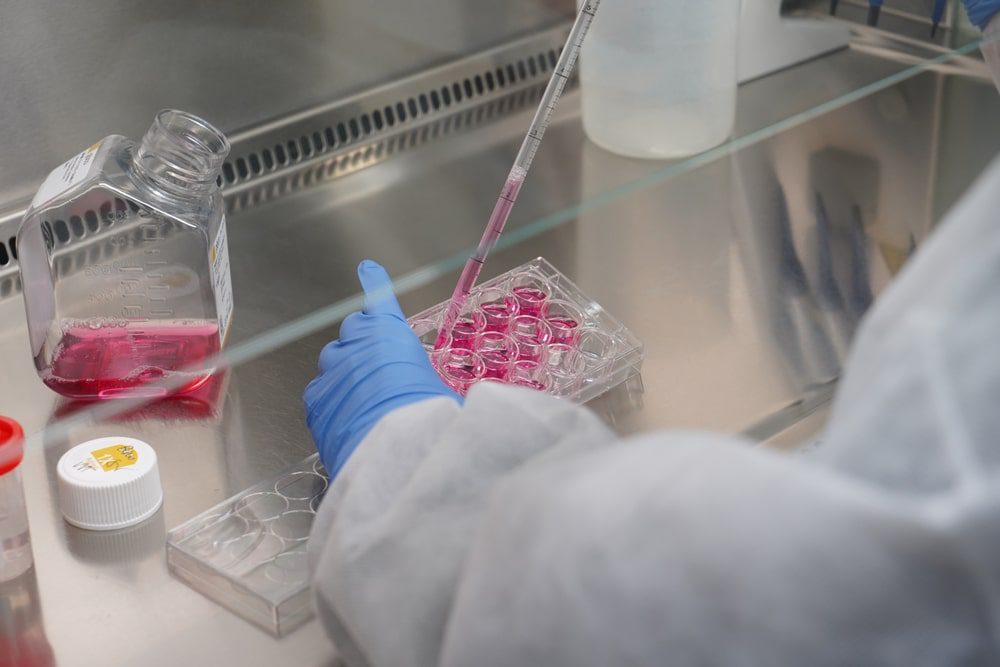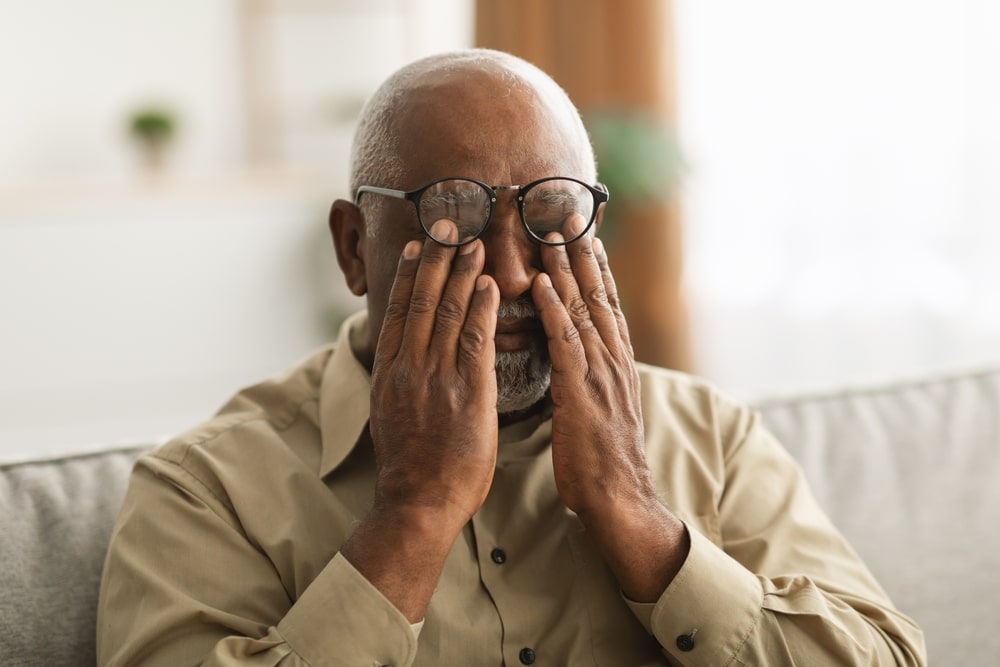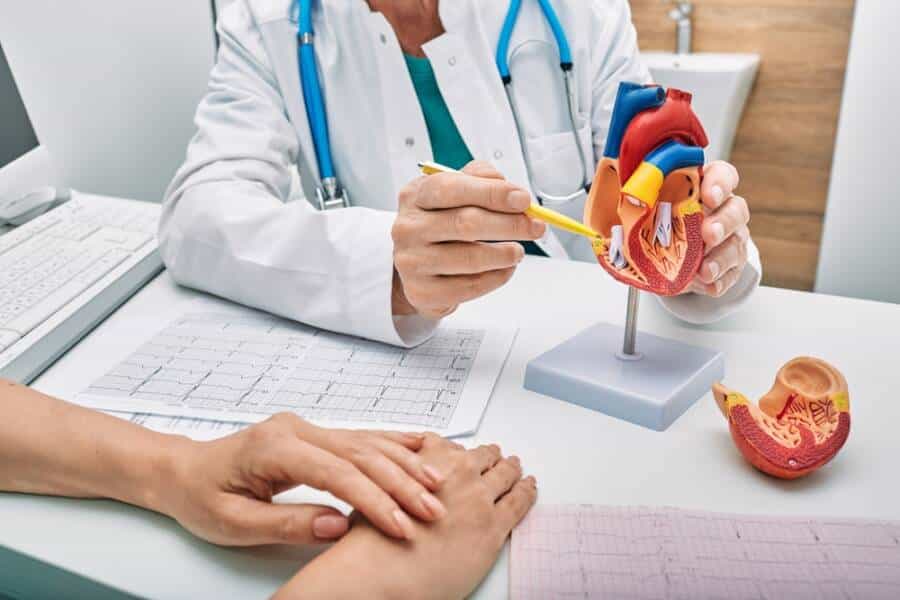Research shows that dogs have nothing but a positive effect on the psychosocial and physical health of their owners. Undoubtedly, snuggling up with your furry friend at home could seem like the perfect way to end a rather stressful day.
However, like many other things in life, where there’s a healthy paw, the other paw must drop. There’s a risk your dog might spread harmful germs, illnesses, and even diseases to you. You might catch a stomach bug or a more serious illness. Luckily, there are many things you can do to lessen that risk and make sure that you and your furry pet stay as healthy as possible. So here’s what you need to know!

Can people get sick from dogs?
To be as concise as possible, yes, they can. Illnesses that pass between animals and humans are commonly known as zoonotic diseases. They can be easily spread by farm or wild animals, but also by household pets, like our beloved cats and dogs.
As a matter of fact, germs can easily spread from household pets, according to 2015 research. From stomach bugs, diarrhea, and even the slightest skin infections to way more serious health conditions.
Moreover, the close contact people have with household pets is a great condition for bacterial development. Another 2012 study based in Finland proves that noroviruses are definitely “leaders,” causing diarrheal diseases among people of all age groups.
These can survive in dogs and be passed along to humans. Even if infection and the resulting sickness aren’t likely to occur, pets can carry germs that could make people sick. You can even get these germs and illnesses from dogs in these ways:
- They spread through contaminated food, treats, water bowls, or even surfaces.
- You pick up your dog’s poop and touch your eyes.
- Your dog licks your face with their tongue and carries the infection.
- You sleep in the same bed as your dog.
- Your dog gives you cuts, scratches, or even bites.
What diseases can you get from your dog?
There are a couple of viral, fungal, bacterial, and parasitic illnesses that might pass between humans and animals, such as household pets like your beloved dog. Some of the illnesses that you could catch from your dog include:
Brucellosis
This is a bacterial disease that might cause a flu-like sickness in humans. Even if it is rare, it can be spread through contact with animals that carry bacteria, dogs included. Some of the symptoms can include loss of appetite, chills, back or abdomen pain, headaches, lethargy, fever, and weight loss.
Notably, you might have brucellosis even if you got in contact with a dog that had the bacteria months ago. If you get this disease, it can genuinely take anywhere from 1 week to 2 months for symptoms to show. More than that, it’s often treated with antibiotics once it’s diagnosed.
Campylobacteriosis
This bacterial infection can be easily spread to humans via contact with feces from both dogs and cats that have it. Someone who gets the bacteria could also experience gastroenteritis symptoms, like diarrhea, cramping, abdominal pain, and fever. These symptoms could easily appear 2–5 days after exposure. Generally, no treatments are needed, as the symptoms fade away within a week.
Leptospirosis
This kind of bacterial infection is spread through the urine of a dog that has the bacteria. It could easily cause symptoms like a high fever, digestive discomfort, and even aches and pains. The condition is quite rare in the United States, and most symptoms are quite mild, but it can still be transmitted by animals like household dogs.
Rabies
This rather viral disease is quite rare in the United States, mostly due to pet vaccinations. In fact, only 1 in 3 cases are reported in humans every year. Rabies does spread from dogs to people, and it can be passed along by bite or scratch.
Rabies can also cause a wide variety of serious effects on the central nervous system, which might cause flu-like symptoms such as fever, muscle weakness, and tingling. You could also feel burning at the bite site. By the time those symptoms fully appear, it’s often too late to treat them.
Ringworm
This is a skin and scalp disease that shows up when you’re dealing with a fungus. It can be spread between animals, and it can be passed from dogs and cats to humans. Ringworm can also be easily spread by touching an object or surface that came in contact with it, and it can include everything from bedding and carpeting to clothing, pet brushes, and food bowls.
Symptoms also include a scaly, red, circular, itchy rash on the skin. On house pets, the symptoms could also be present in hairless areas, with scaling, redness, and crusting spots. Skin medications could easily clear the ringworm in 2 to 4 weeks.

Salmonella
Salmonellosis causes serious symptoms like fever, diarrhea, and vomiting. It can be easily spread to humans through contact with a dog that either has the germ or with the dog’s feces or saliva. You might also get it if you come into contact with an item that has the germ and then touch your face without washing your hands.
This pet illness was initially linked to a 2019 outbreak stemming from pear ear treats, which affected dogs all over the United States. Salmonella germs can also be shed in pets’ stools up to 6 weeks after infection.
Can gastroenteritis be passed between people or even pets?
One of the most common results of the above-mentioned illnesses could be related to gastroenteritis, commonly known as an upset stomach. This could sometimes be spread between people and their pets, depending on the underlying infection they already have.
For people and pets that experience this stomach bug, the symptoms could be fairly similar, and they might include fever, lethargy, nausea, vomiting, abdominal pain, diarrhea, and even weight loss. While it’s not extremely specific to every illness, gastroenteritis could be easily transmitted between dogs and people, either through stool or saliva.
Who’s at risk of getting sick?
As you might know, those who are most at risk for getting a certain type of illness from their dog are children, people who are 65 and older, pregnant people, and immunocompromised people who suffer from a weakened immune system.
The level of risk and who might develop a particular condition could also depend on a series of factors, such as bacteria, viruses, fungi, or even diseases. Having that in mind, it’s best to stay mindful and contact your veterinarian or a medical professional if you have any other additional concerns.
What you should do to avoid getting sick from your dog
Probably the most efficient way to reduce or even eliminate your risk of getting zoonotic diseases from your dog is quite simple and effective: you only need proper hygiene and cleanliness practices. Here’s what you should keep in mind:
- Make sure you clean up the poo; you can pick up after your dog in a reasonable timeframe. Make sure you get rid of the feces in a sealed bag and avoid touching it with your hands or even exposing it to clothing or surfaces you could touch.
- Wash your hands. Make sure you wash your hands with soap and warm water right after handling a dog or their feces, food, water bowls, or toys where a dog’s saliva might have spread germs.
- Watch out for dog kisses. Don’t let your dogs give you kisses on your face, especially around your mouth, nose, or eyes. If you even get in contact with their tongue, make sure you immediately wash your face.
If you found this article useful, we also recommend reading: Wash Your Hands IMMEDIATELY After Touching These 10 Disgusting Items














One Response
It’s in the best interest of anyone with a compromised immune system to avoid having pets. Walk yourself, clean yourself and get a few good friends to adventure out and talk to.
Find specific groups to join or get a fascinating hobby. This will insure less risk of disease and expensive vet visiting that will give you unnecessary stress. If you must have a pet ether way keep good hygiene.